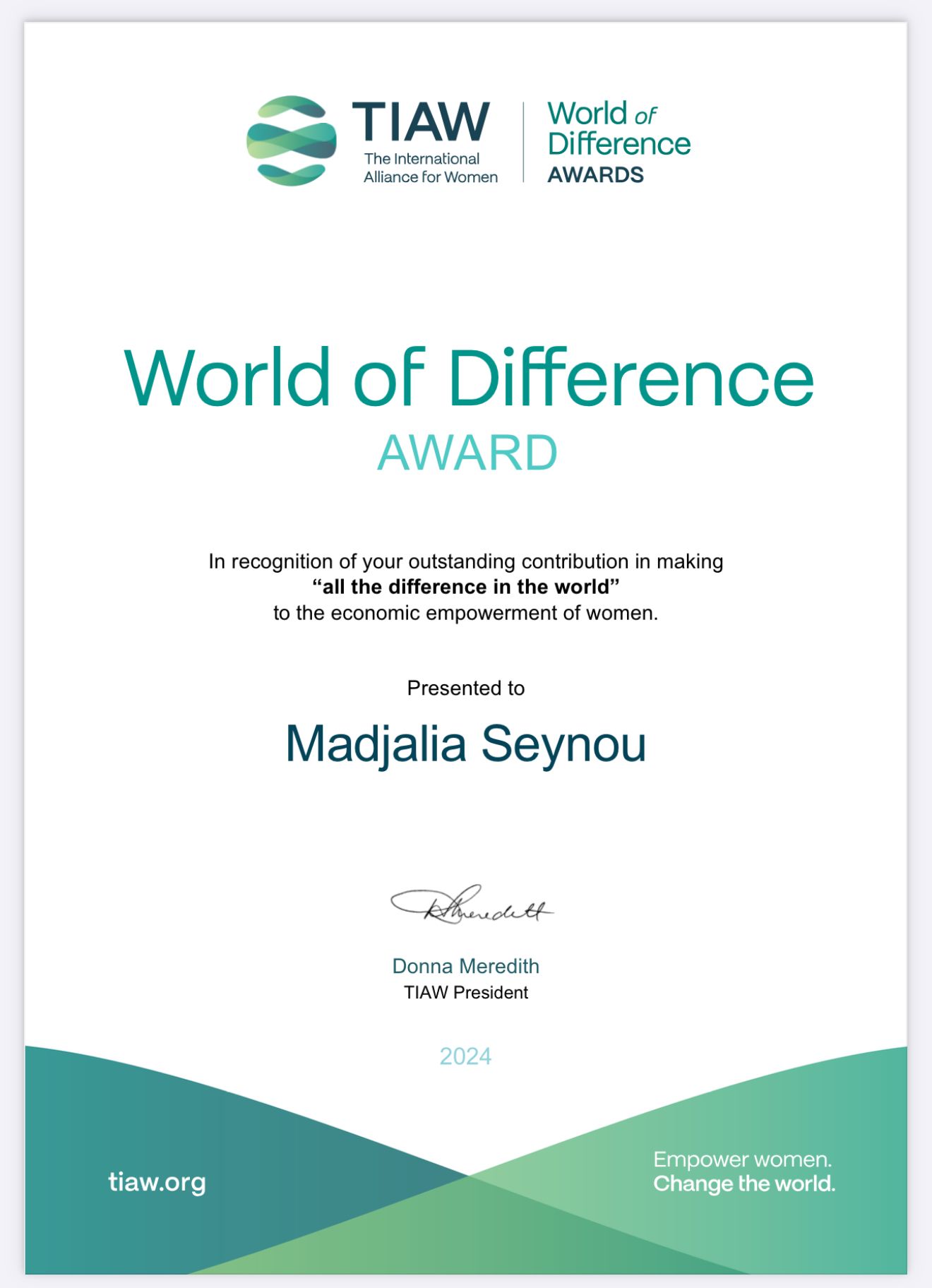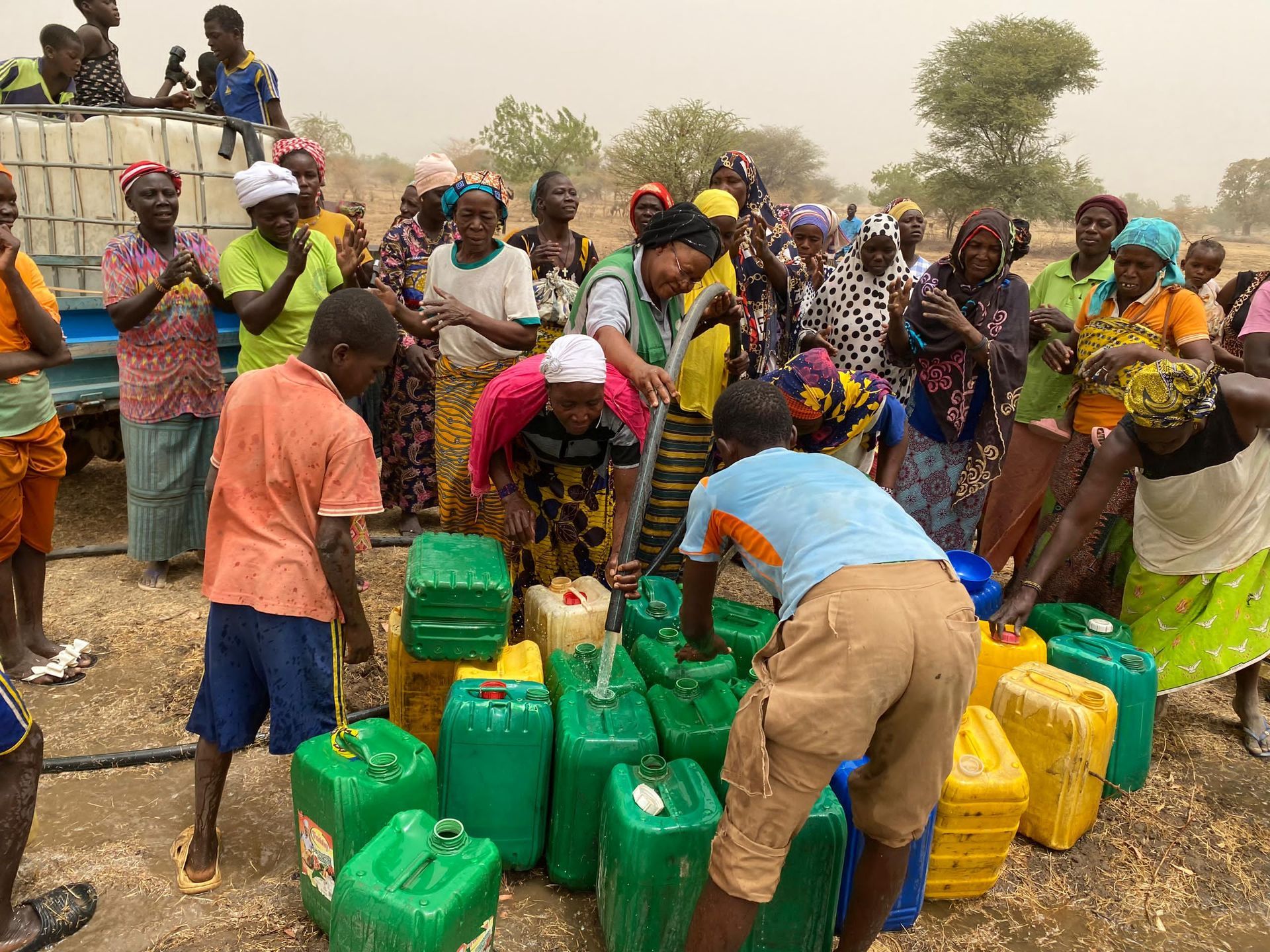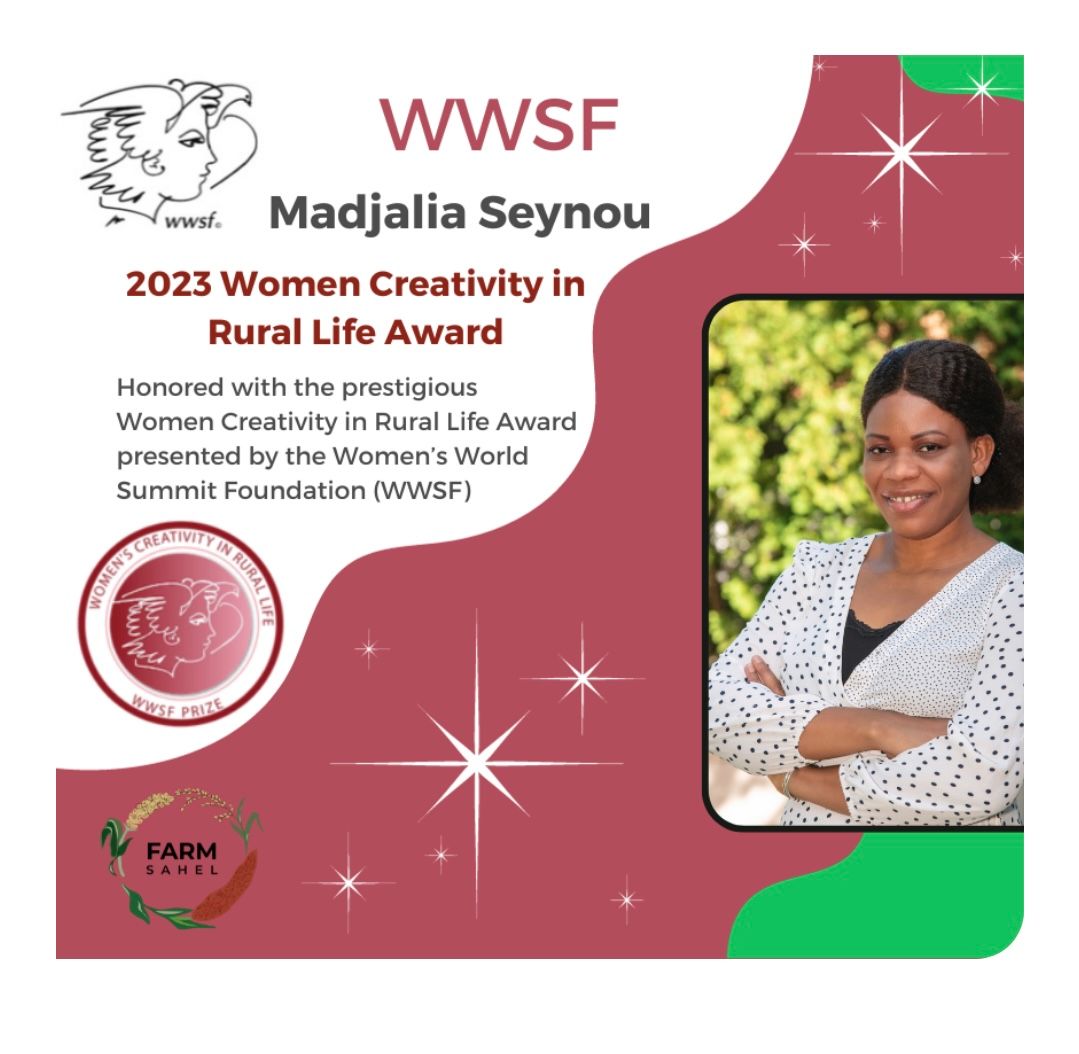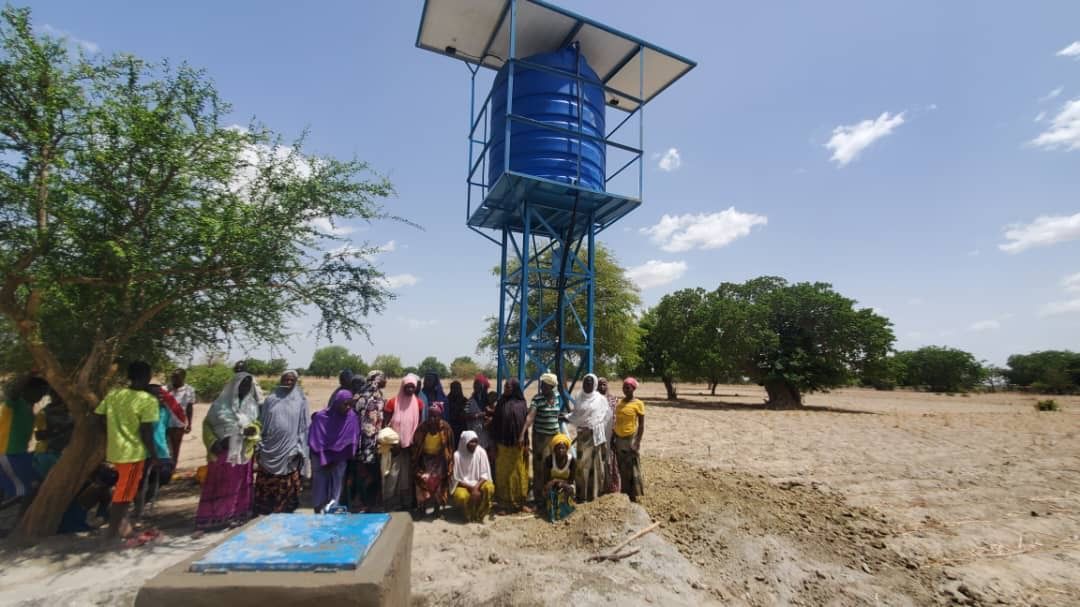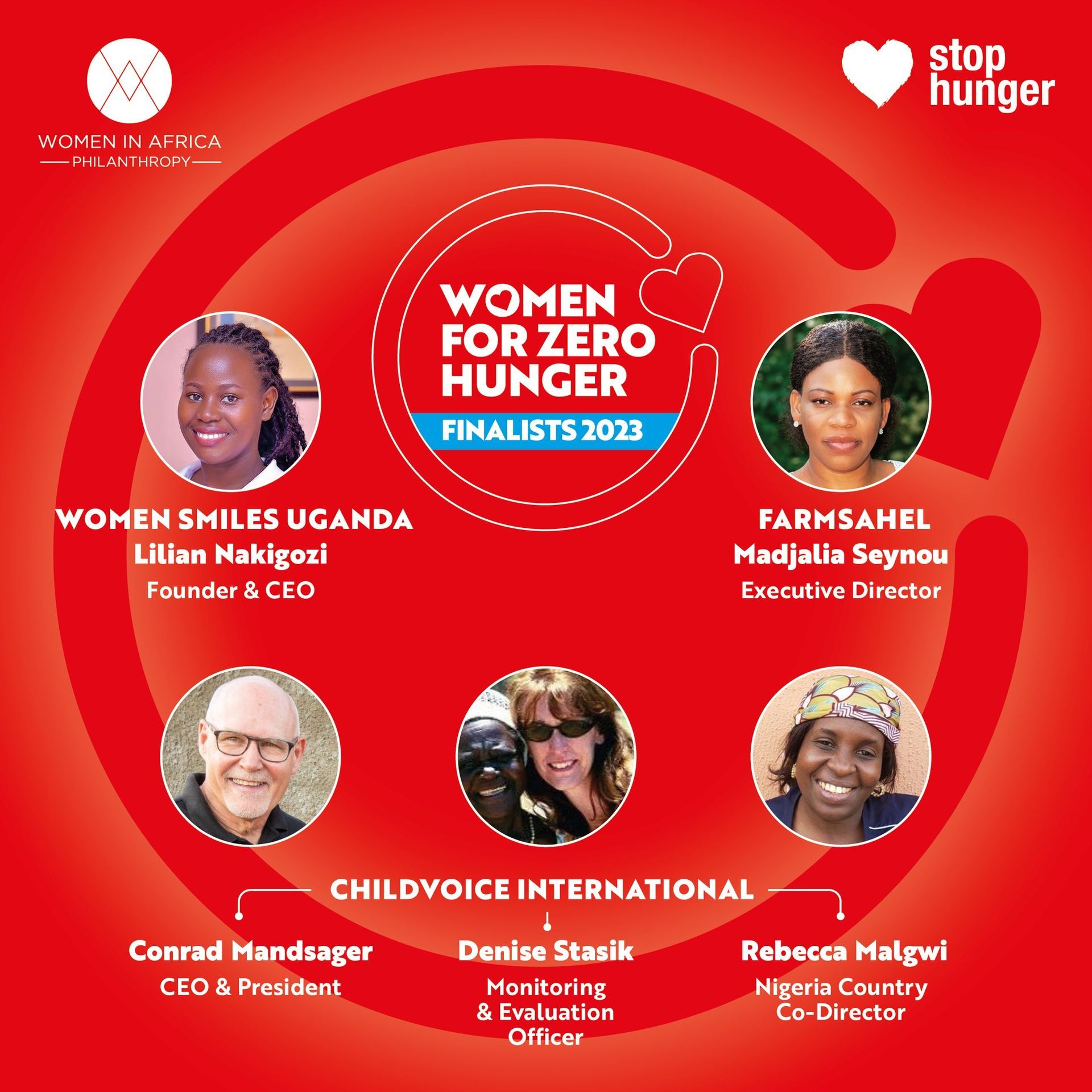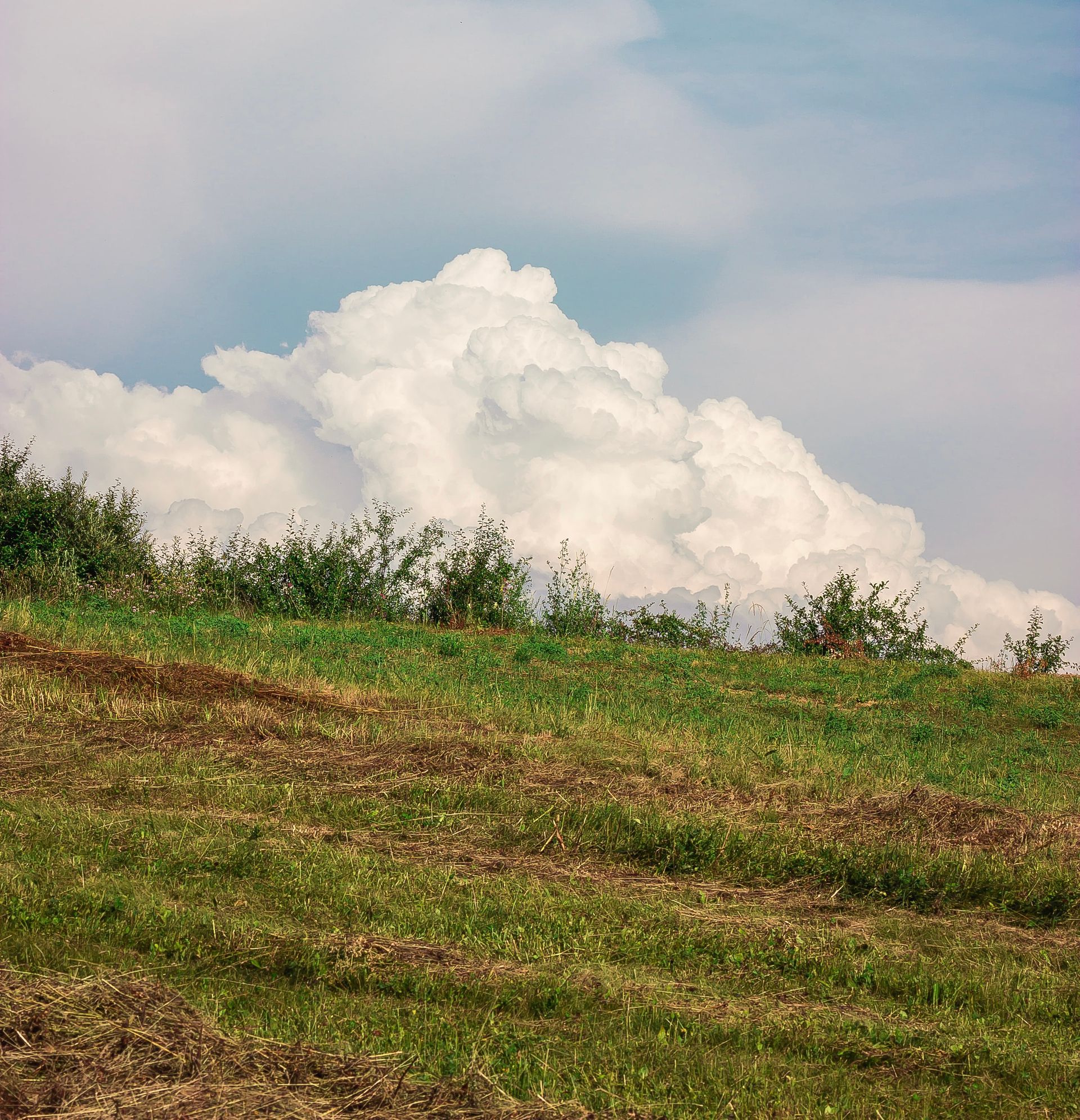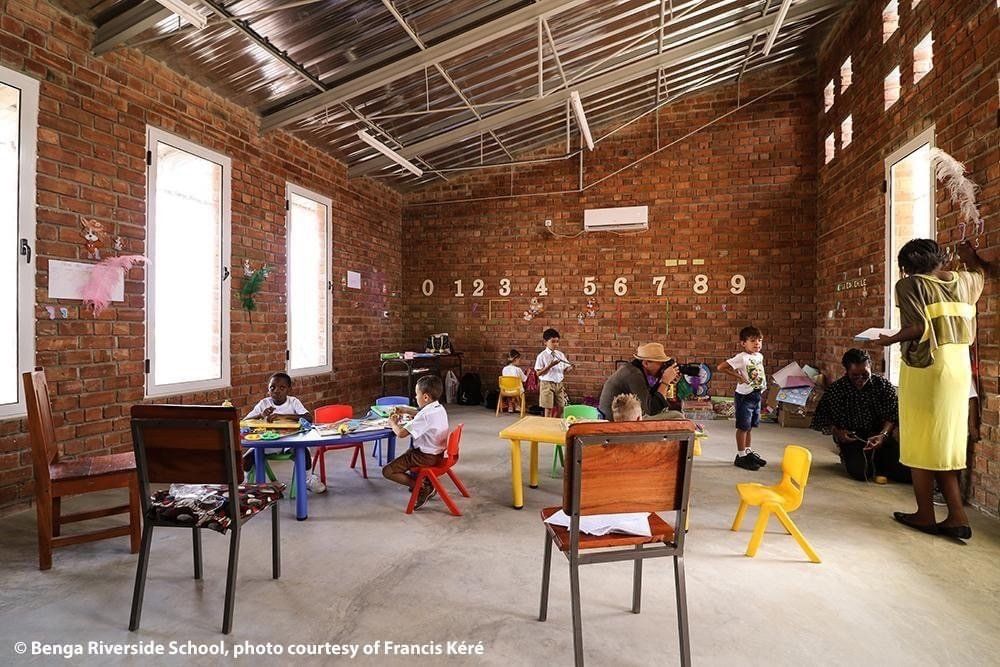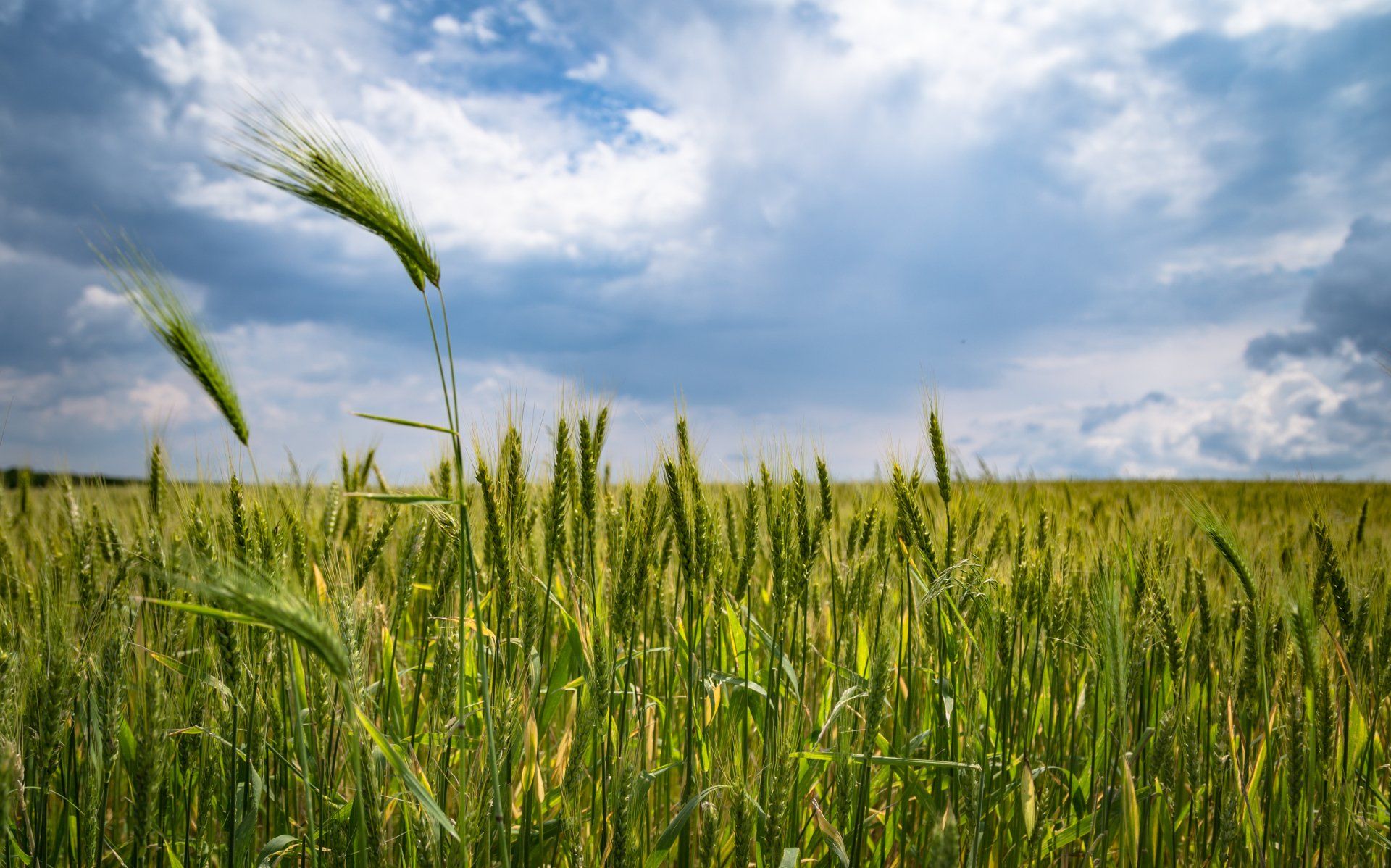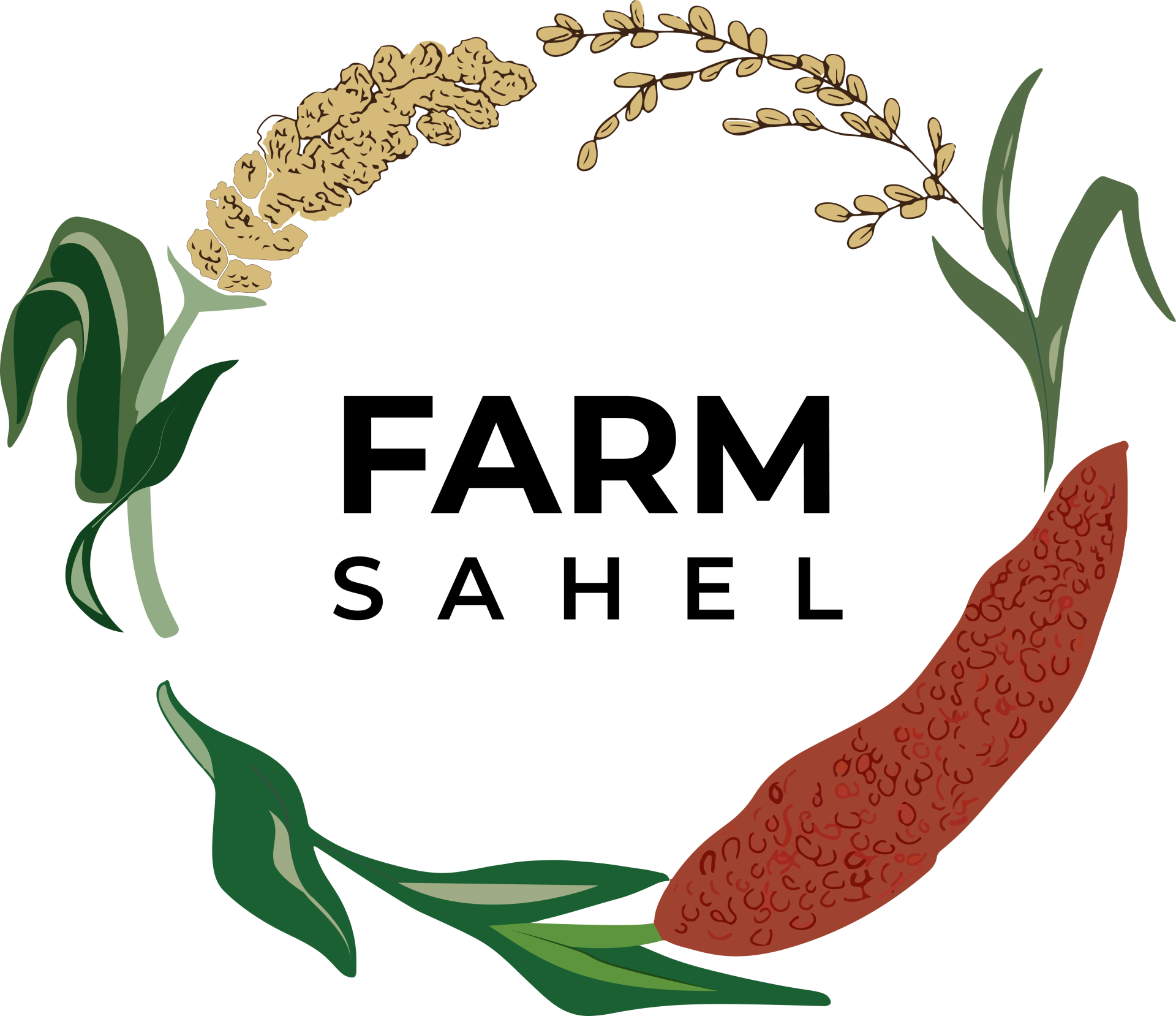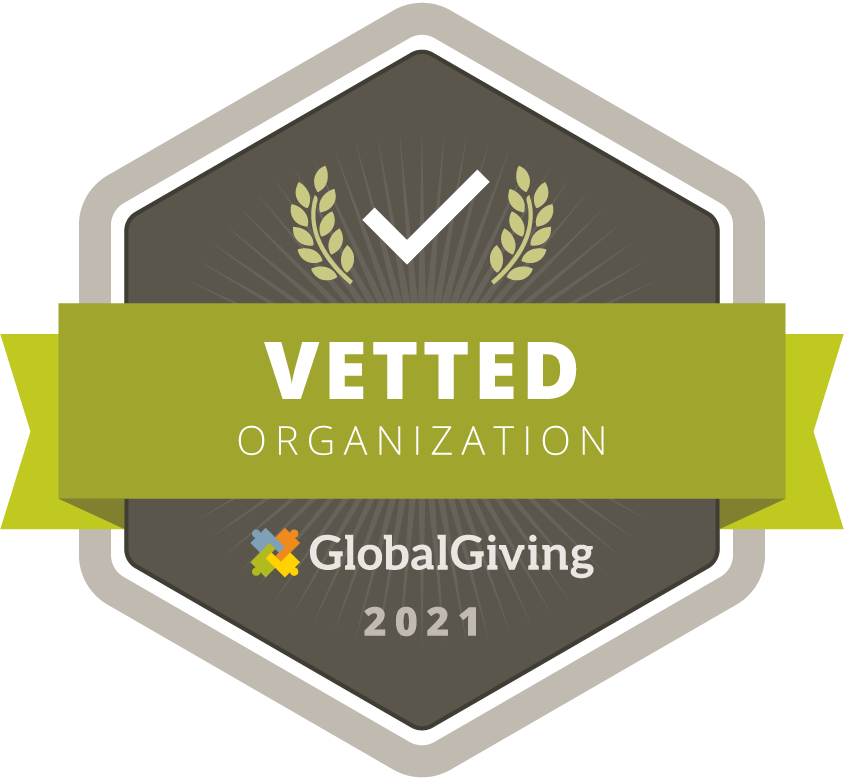Equipped: Fighting stigma and standing tall in the Sahel
The research, design, and development of farm technology has historically been reflective of the needs and preferences of men. Yet in Burkina Faso, where agricultural work is overwhelmingly carried out by women, ill-suited tools are both physically and economically burdensome, and their redesign ought to be informed by input from those meant to wield them. Stunting this evolution, however, are the myriad sociocultural and gender norms at play.
Behind the scenes, rural women are reshaping the food system, and with proper support can reshape the implements, practices and technologies needed to produce that food. In this way, they further empower themselves, their communities and women farming around the world.7
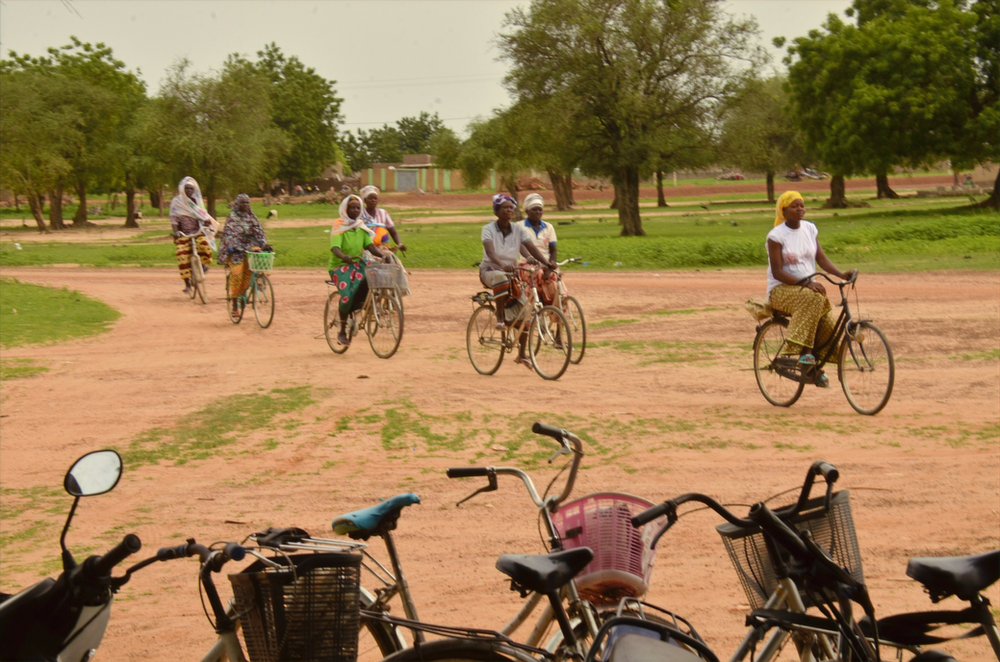
Two hands, and too few hours in the day.
Rural Burkinabé women take on a wealth of responsibilities from growing and harvesting food, trekking for firewood and water, preparing meals, child-rearing and, time-permitting, tending their own plots. Above all, it’s weeding that many consider the most strenuous, time-consuming task. Largely due to problematic implements available to women - hoes hewn from scrap metal, whose short handles force one into stooped labor - “weeding emerges as a priority area for introducing improvements in production technology”.1
Further contributing to labor assumed by women is the groundswell of men emigrating for work in neighboring cities, a “phenomenon so marked,” noted the FAO, that in Burkina Faso, women can comprise as much as 80% of the adult rural population.4 Despite this, men remain decision-makers of the house, dictating farming practices, controlling sales of produce and managing family finances.1
The women nonetheless face societal stigmas that question their worth. While working upright with long-handled hoes would increase productivity and decrease physical strain, doing so is commonly taken as a sign of indolence. While field researchers acknowledge that soil conditions may dictate the evolution of farm tools, they also note “an established cultural attitude that work in the field can only be done properly while bent double. Anything less is laziness.” 4
But these views, along with other gender-based constraints are being challenged both by local groups and international support.
Donkeys, bicycles, radios: a new toolkit for independence.
“Without a donkey,” insists Advocacy Officer, Rouguiatou Ka of Brooke West Africa, “Women play the role of a donkey themselves.” Exploring impacts of working animals on women’s empowerment in Burkina Faso, Ka herself grew up observing how draft horses improved the livelihoods of her Fulani parents. With donkeys, women can efficiently perform tasks, better provide for their families and gain financial independence - all contributing to improved standing within the community. “Without these animals, rural life would come to a standstill.”6
After the hand-hoe, many rural women cite animal traction technology as the next most effective level of mechanization, yet a slew of hindrances impede its adoption. Beyond lack of training and resources, socio-cultural barriers hold women back from owning cattle, though donkeys emerge as a promising solution. Not only more affordable and easier to train, there are fewer taboos preventing women from working with them. For one, there is no prestige associated with them beyond disvalued work animals fit for the poor.1
Regardless, Ka argues that donkeys “can be a tool for the emancipation of women”.6 In the Sahel, women, and the families they support, stand to benefit through the swift retrieval of drinking water and firewood, cultivation of land, and transportation of people and goods from field to market - not to mention speedier access to the hospital. Reduced time and exertion thus spent frees up time for women to gather in support groups and earns them greater degrees of financial independence, amassing supplemental income for school fees, medical care and unexpected family expenses. Bicycles, too, can be seen as time-saving production tools on account of the hours of walking time women could be spared.
Photo credit: Brooke/Xaume Olleros
One FAO study noted bike ownership may be rare among women in poorer areas: “Whenever a discussion group was held with men, almost all of them rolled up on their bicycles, whereas women almost invariably turned up on foot.”4 Investments in- or donations of bicycles could be as much a godsend as tractors. Brooke also partners with rural organizations providing carts to smallholders with working animals, helping them carry 1.5 tons of seeds to distribute among 32 villages. Ka urges the world to invest in such basic necessities for the immense good it would do in the lives of women.6
Amplifying women’s voices on the land & on air
Women’s groups, especially women farmers’ groups, have become an “important social force”1 in recent years. Alongside projects like Scaling Her Voice on Air, they provide rural women effective platforms through which to voice needs and opinions without being overrun by male-dominated views of their communities. Some groups even include a few men - a positive sign, as their presence can help move the community to address women’s needs, rather isolate them.
According to the Women’s Empowerment in Agriculture Index, informed by household surveys among both men and women in Burkina Faso, agricultural development interventions “present significant opportunities for expanding women’s autonomy and empowerment”.3 The recent BMC Women’s Health study suggests such agency can influence agricultural productivity, food security and health outcomes in the region. It also puts forth that “men need to feel they have a seat at the table” and may embrace more positive roles in the empowerment of their wives, daughters and women in the community.3
Meanwhile, Scaling Her Voice targets vulnerable West African farmers with a strong focus on the women among them. Led by Farm Radio International (FRI), the 2018-2022 project aims to scale interactive rural radio in these areas, hitting 61 stations and engaging as many as 70 stakeholder groups. The beneficiaries: 7.3 million small-scale farmers, including roughly 2.3 million women.5
Their agenda includes providing gender-responsive information on climate-smart agricultural adaptation, improved nutritional practices, bridging knowledge gaps among vulnerable small-scale farmers by addressing needs with mobile tools, and reinforcing evidence-based decisions at the community level.
Increasingly blurred distinctions among the roles of men and women, coupled with ongoing support from organizations like FarmSahel, The Brooke and FRI, could lead to historic changes in the lives of women across the Sahel, and among rural communities throughout the world.
Kienzle, Josef & Una, Murray. (2011). Tools used by Women Farmers in Africa.
Maria Jones and Timothy Harrigan. Agrilinks (2021). “Now we can Breathe" — Designing Mechanization to Benefit Women Smallholder Farmers.
Crookston, B.T., West, J.H., Davis, S.F. et al. Understanding female and male empowerment in Burkina Faso using the project-level Women’s Empowerment in Agriculture Index (pro-WEAI): a longitudinal study. BMC Women's Health 21, 230 (2021).
The potential for improving production tools and implements used by women farmers in Africa. A Joint IFAD/FAO/FARMESA Study. (1998).
The Food Crisis Prevention Network. (2018-2022). Scaling her voice on air in Burkina Faso, Ghana, Mali and Senegal.
Rouguiatou Ka, Brooke West Africa. The Brooke: Action for Working Horses and Donkeys. (2021) A Vital Partnership: Women and Donkeys in Burkina Faso.
Dana Cronin. Harvest Public Media. (2020). Farm Tools Were Designed For Men. That’s A Problem For The Increasing Number Of Female Farmers.
